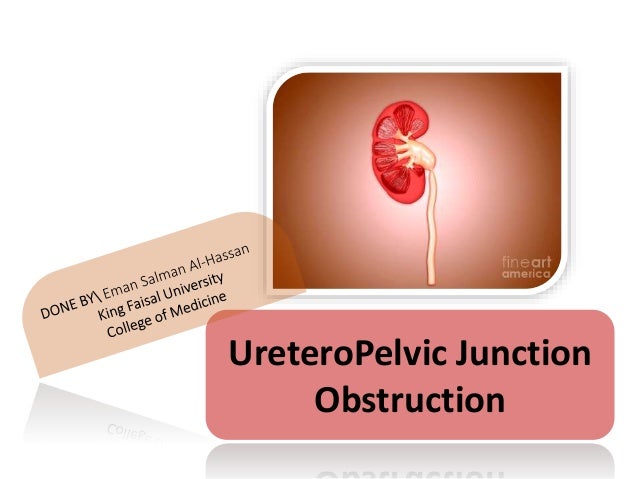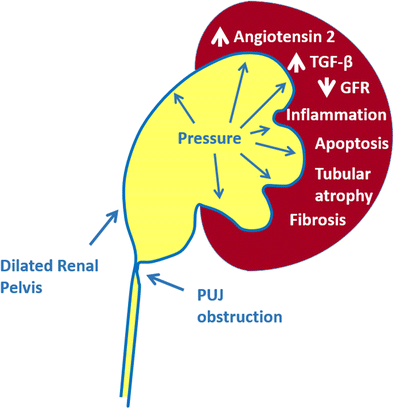Bilateral Upj Stenosis
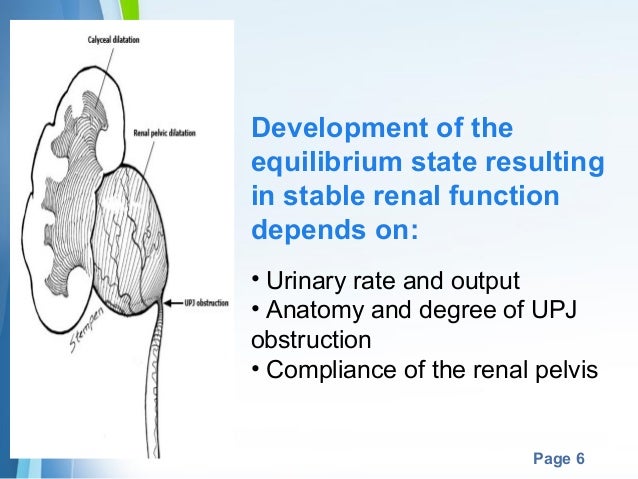
Ureteropelvic junction upj is the point where the ureter meets the renal pelvis.
Bilateral upj stenosis. In children upj obstruction is often present at birth and may be due to narrowing of the proximal ureter or the presence of an abnormal blood vessel over the ureter. Exactly at that point there is a stenosis obstructing normal urine flow. Pelviureteric junction puj obstruction stenosis also known as ureteropelvic junction upj obstruction stenosis can be one of the causes of obstructive uropathy. This is where the kidney attaches to one of the ureters the tubes that carry urine to the bladder.
Upj obstruction occurs most often in children and prevents the proper flow of urine thereby threatening the integrity of the kidney. It can be congenital or acquired with a congenital puj obstruction being one of the commonest causes of antenatal hydronephrosis. Your physician may recommend a combination of two or more of the following conservative non surgical treatment methods to alleviate your symptoms. Ureteropelvic junction upj obstruction is a blockage in the area that connects the renal pelvis part of the kidney to one of the tubes ureters that move urine to the bladder.
Symptoms of upj obstruction may include infection of. As a result the urine pools in the renal pelvis compresses it and ultimatly induces its dilatation. Ureteropelvic junction upj obstruction is when part of the kidney is blocked. Urine can then build up and damage the kidney.
Renal pelvis is like a sink collecting urine produced by the kidney while upj is the sink trap siphon through which the urine has to pass so that it will end to the bladder through the ureter. This is called a congenital condition present from birth. Upj obstruction can also occur in adults. The blockage slows or stops the flow of urine out of the kidney.
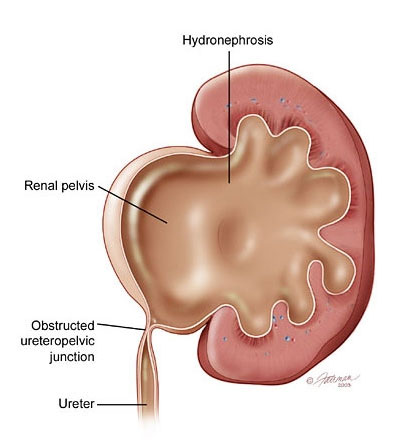

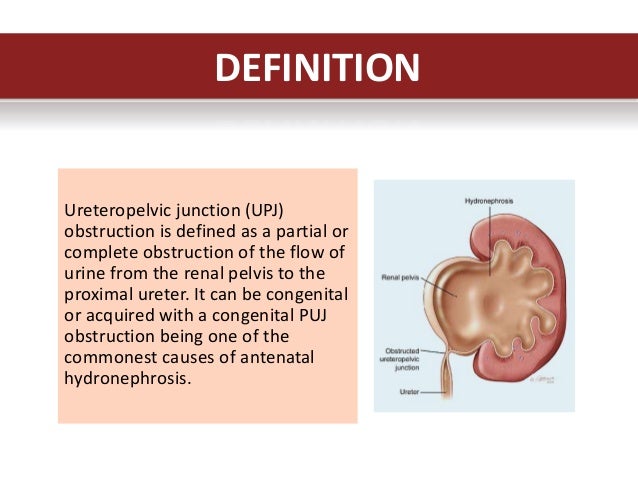




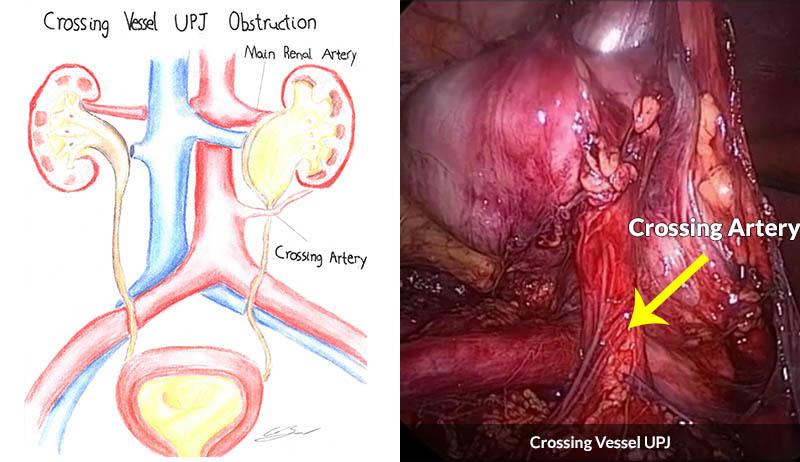
/kidneyureter-234bf5777c024192924ce3eea0b25752.jpg)

